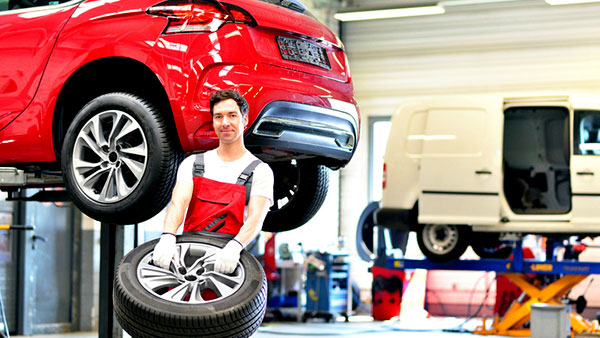
Keep a record of work you do as a charitable deed.
You want to make a difference in your community, and many businesses give back through charitable deeds. Charitable deeds strengthen your presence in the community and can generate positive publicity and goodwill.
While many businesses give money to individuals who need help or causes they support, charitable deeds may also come in the form of goods and services. Not all charitable deeds are tax deductible contributions. For information regarding whether or not your charitable contributions are tax deductible, consult with an accountant or tax attorney. And even with contributions that are not tax-deductible, be cognizant of the potential for bodily injury and property damage for the recipient as well as innocent third parties.
DOCUMENTATION
Before making your gift, consider these suggestions:
- Treat charitable and noncharitable deeds the same. Maintain proper records of goods and services you have provided. While there may be no monetary gain, an injured party may seek recompense if they are injured as the result of a faulty good or service.
- Make recommendations for repair. Even if the product you provide operates as intended, or the service you provide has been completed as promised, your company could be held liable if you identify safety issues and do not disclose them.
- Take photos of the work you provided. As the saying goes, a picture is worth a thousand words. If a claim is filed citing faulty work, a photo can provide additional verification of your written documentation of the service provided.
- Make sure items are in good working condition before releasing them. If you would not be comfortable having a friend or family member use the item, do not let others use it.
- Have the recipient sign off on all the work provided. A signature will confirm that information has been relayed regarding the product, and a receipt of services provided will act as a checklist of items discussed.
- Have the recipient sign a hold harmless and indemnification agreement. This agreement should be reviewed by an attorney prior to being incorporated and may offer an additional layer of protection.
WHAT CAN GO WRONG
For example, an auto service shop could have benefited from additional documentation. The owner offered to replace the two front tires of a private passenger vehicle free of charge. After the repair, this automobile was being driven and a rear tire blew, resulting in a rollover and injuring a passenger. The injured party sought compensation from the auto insurance carrier, which then sought payment from the auto service shop.
While the service manager remembered replacing the front tires, he did not keep records of the work because it was performed free of charge. He could not prove that his shop didn’t replace the rear tires. With detailed records of the repair work and use of the checklist above, documents would have supported the case that only the front tires were replaced – further limiting the service shop from liability.
Charitable deeds are a good way to give back to society and build a rapport within your community. By keeping good records, you can continue to offer this goodwill and protect the business you worked so hard to build.
This loss control information is advisory only. The author assumes no responsibility for management or control of loss control activities. Not all exposures are identified in this article. Neither The Cincinnati Insurance Company nor its affiliates or representatives offer tax or legal advice. Consult with your tax adviser or attorney about your specific situation.
